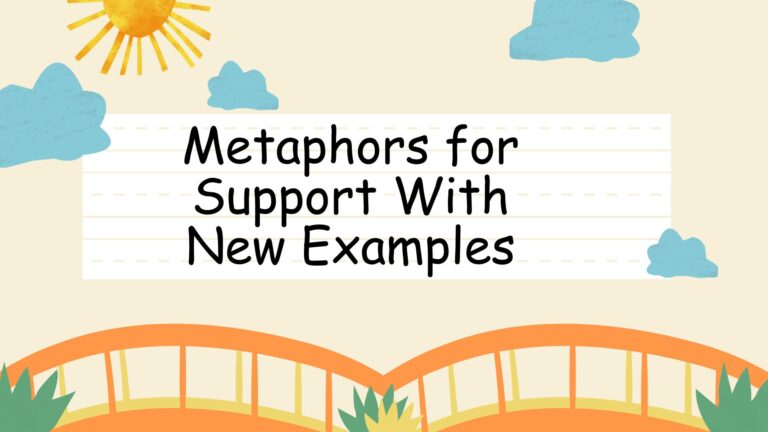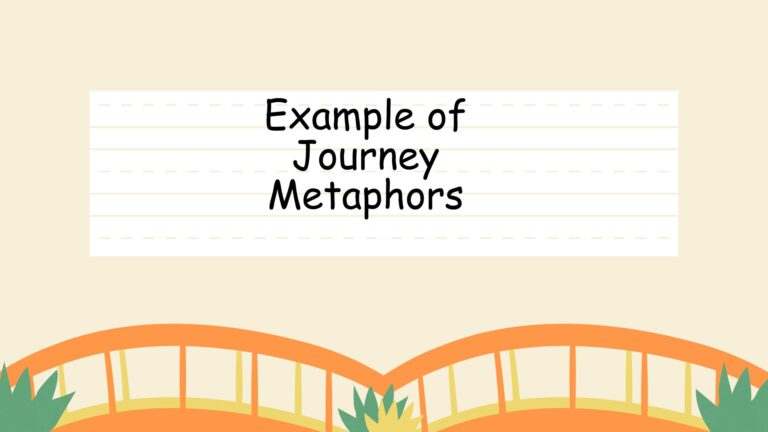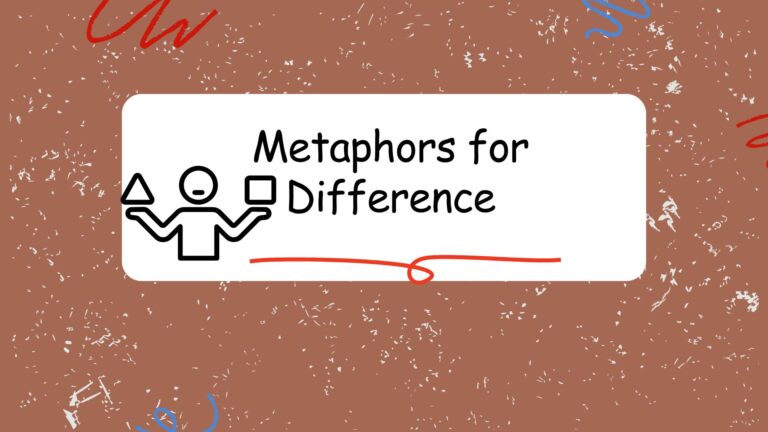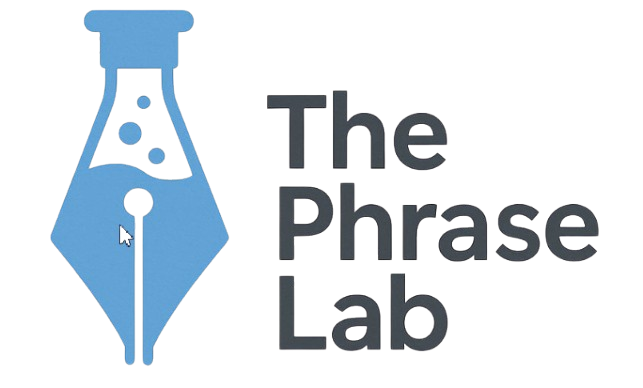
Life’s Reflections: Mastering Metaphors to Enrich Your English
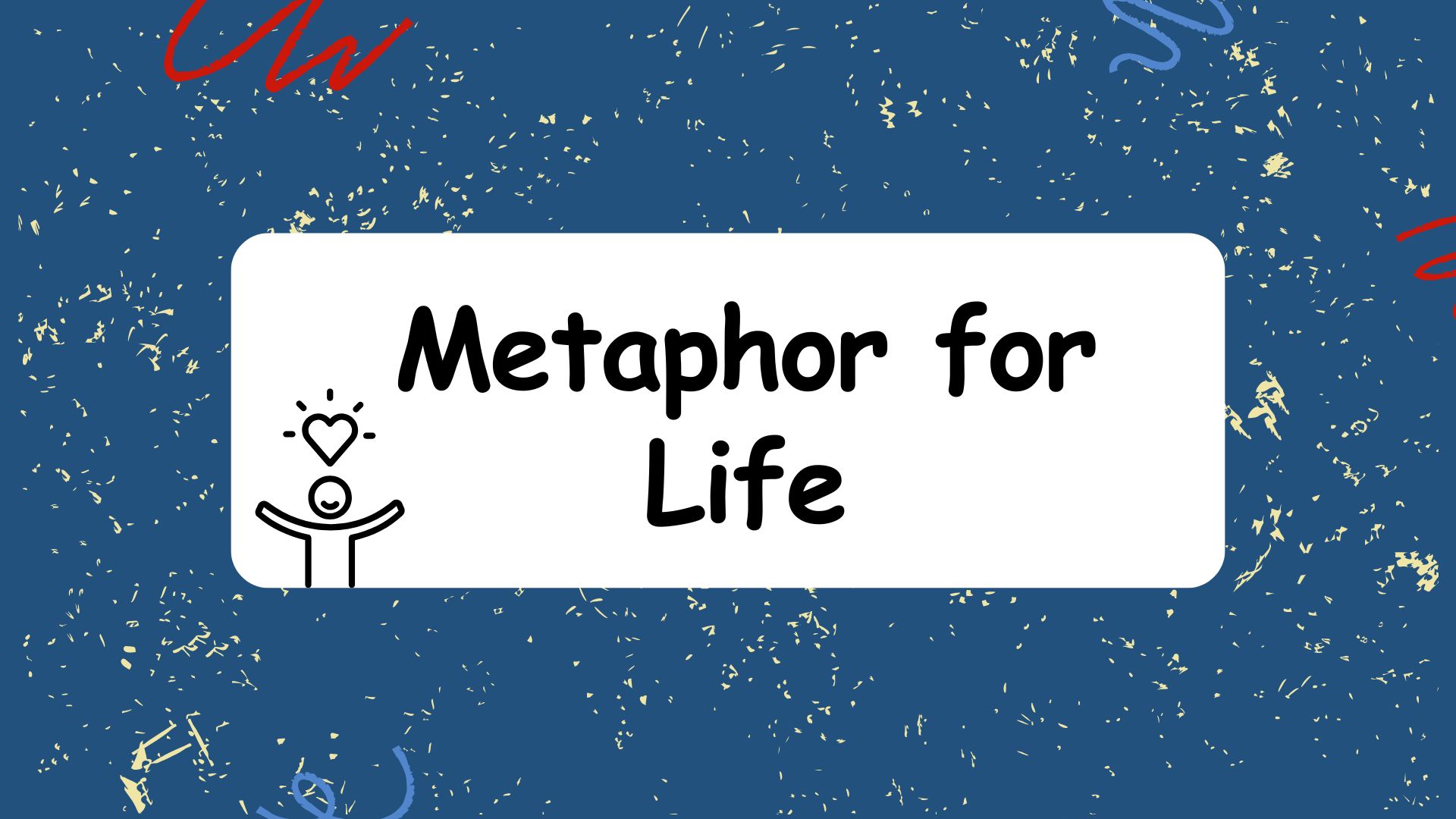
Metaphors are powerful tools that allow us to understand abstract concepts by relating them to something more concrete and familiar. Understanding metaphors, especially those related to life, can significantly enhance your comprehension of English literature, everyday conversations, and even your own expressive abilities. This article delves into the world of metaphors for life, exploring their definition, structure, types, and usage. Whether you’re an ESL student, a literature enthusiast, or simply someone looking to improve your communication skills, this comprehensive guide will provide you with the knowledge and practice you need to master this fascinating aspect of the English language.
This article is designed for English language learners, students of literature, and anyone who wants to improve their understanding and use of figurative language. By the end of this article, you’ll be able to identify, interpret, and even create your own compelling metaphors for life.
Table of Contents
- Introduction
- Definition of Metaphor for Life
- Structural Breakdown of Life Metaphors
- Types of Life Metaphors
- Examples of Life Metaphors
- Usage Rules for Life Metaphors
- Common Mistakes with Life Metaphors
- Practice Exercises
- Advanced Topics in Life Metaphors
- Frequently Asked Questions
- Conclusion
Definition of Metaphor for Life
A metaphor for life is a figure of speech that describes life, or aspects of life, by comparing it to something else that is not literally applicable. It’s a way of understanding and explaining the complexities of existence through relatable and vivid imagery. Unlike similes, which use “like” or “as” to make a comparison, metaphors directly equate life to something else, suggesting a deeper, more inherent similarity.
Metaphors function by transferring qualities from one thing (the source domain) to another (the target domain). In the case of life metaphors, the target domain is always “life,” and the source domain can be anything from a journey to a game to a theatrical performance. This transfer allows us to see life in a new light, highlighting certain aspects or characteristics that might otherwise be overlooked.
The context in which a metaphor is used is crucial for its interpretation. The surrounding words, the speaker’s intention, and the cultural background all contribute to the meaning of the metaphor. A metaphor that resonates in one context might be confusing or inappropriate in another. Therefore, understanding the nuances of language and culture is essential for effectively using and interpreting metaphors.
Structural Breakdown of Life Metaphors
Life metaphors typically consist of two main components: the tenor and the vehicle. The tenor is the subject being described (in this case, life), and the vehicle is the object or concept to which life is being compared. The relationship between the tenor and vehicle creates the metaphorical meaning.
For example, in the metaphor “Life is a roller coaster,” “life” is the tenor, and “roller coaster” is the vehicle. The metaphor suggests that life, like a roller coaster, is full of ups and downs, thrills, and unexpected turns. The shared characteristics between a roller coaster and life (excitement, fear, unpredictability) are what make the metaphor effective.
Understanding the underlying structure of metaphors helps in both interpreting existing metaphors and creating new ones. To construct a life metaphor, consider the qualities or aspects of life you want to emphasize (e.g., challenges, opportunities, growth). Then, choose a vehicle that embodies those qualities in a vivid and relatable way. The more resonant the connection between the tenor and vehicle, the more powerful the metaphor will be.
A good metaphor also requires a shared understanding or common ground between the speaker and the audience. If the vehicle is unfamiliar or irrelevant to the audience, the metaphor will likely fail to convey its intended meaning. Therefore, it’s important to consider your audience and choose vehicles that are likely to resonate with them.
Types of Life Metaphors
Life metaphors can be categorized based on the type of vehicle used to describe life. Here are some common categories:
Life as a Journey
This is perhaps the most common type of life metaphor. It emphasizes the progress, challenges, and discoveries that occur along the way. Key elements include paths, destinations, obstacles, and companions.
Life as a Game
This type of metaphor highlights the rules, strategies, competition, and rewards associated with life. It often involves winning, losing, and making strategic decisions.
Life as a Theater
This metaphor focuses on the roles we play, the performances we give, and the audience that observes us. It emphasizes the constructed and performative aspects of identity and social interaction.
Life as Weather
This metaphor draws parallels between life’s unpredictable nature and the ever-changing weather. It highlights the cycles of storms, sunshine, and calm that we experience.
Life as Business
This type of metaphor views life through the lens of investments, risks, and returns. It focuses on the strategic decisions we make to maximize our “profits” and minimize our “losses.”
Examples of Life Metaphors
The following tables provide a range of examples of life metaphors, categorized by type. Each table includes 25-30 examples to illustrate the variety and richness of this figurative language.
Here is a table showcasing examples of the metaphor “life as a journey.” These examples emphasize the different stages, challenges, and experiences encountered on our life’s path.
| Life as a Journey Metaphors |
|---|
| Life is a winding road. |
| Life is a marathon, not a sprint. |
| Life is a climb, but the view is great. |
| Life is a path filled with obstacles. |
| Life is a journey of self-discovery. |
| Life is a voyage on an uncharted sea. |
| Life is a pilgrimage to find meaning. |
| Life is an uphill battle. |
| Life is a series of steps, some forward, some back. |
| Life is a long and winding road. |
| Life is a quest for happiness. |
| Life is a hike through the mountains. |
| Life is a river, constantly flowing. |
| Life is a trek across a desert. |
| Life is a stroll in the park. |
| Life is a bike ride with flat tires. |
| Life is a train ride with unexpected stops. |
| Life is a flight with turbulence. |
| Life is a walk on a tightrope. |
| Life is a journey with many detours. |
| Life is a long road with many signs. |
| Life is a path that leads to destiny. |
| Life is a race against time. |
| Life is a climb to the top of the world. |
| Life is an adventure waiting to happen. |
| Life is a path that has been chosen for you. |
| Life is a road that you must pave yourself. |
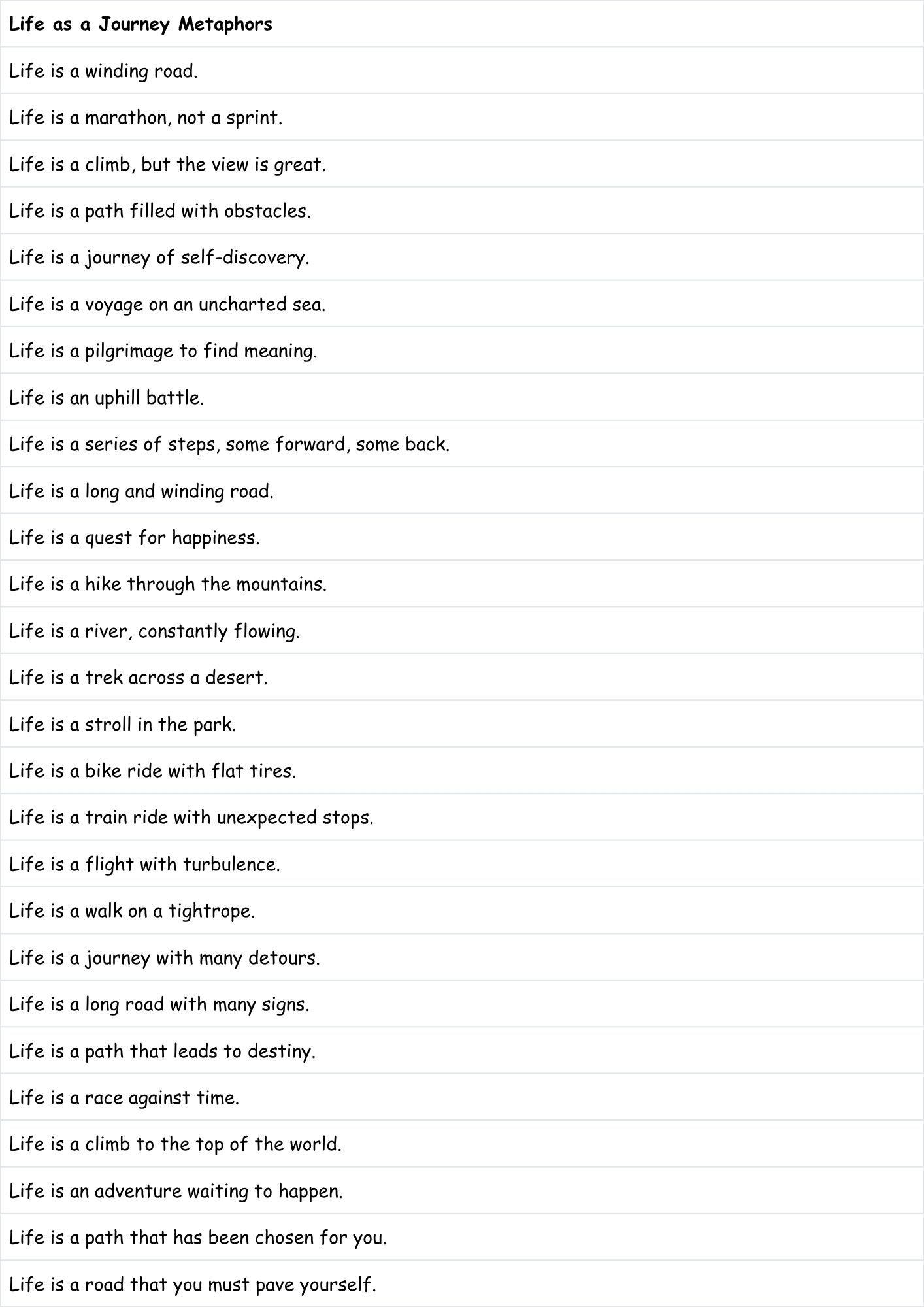
This table illustrates how life can be viewed as a game, with its own set of rules, strategies, and challenges.
| Life as a Game Metaphors |
|---|
| Life is a game of chess. |
| Life is a gamble; you win some, you lose some. |
| Life is a poker game; you have to know when to hold ’em and when to fold ’em. |
| Life is a competition; only the strong survive. |
| Life is a puzzle; you have to find the right pieces. |
| Life is a board game with unpredictable dice rolls. |
| Life is a sport; you have to train hard to succeed. |
| Life is a video game with multiple levels. |
| Life is a game of strategy and skill. |
| Life is a game of chance. |
| Life is a game where the rules are always changing. |
| Life is a game that everyone plays differently. |
| Life is a game where you can’t pause. |
| Life is a game where you learn as you play. |
| Life is a game of give and take. |
| Life is a game you can’t win without teamwork. |
| Life is a game of risk and reward. |
| Life is a game where you make your own rules. |
| Life is a game of survival. |
| Life is a game that ends when you die. |
| Life is a game with no reset button. |
| Life is a game that tests your limits. |
| Life is a game of perseverance. |
| Life is a game of patience. |
| Life is a game of strategy. |
| Life is a game of luck. |
The following table provides examples of metaphors that portray life as a theatrical performance, emphasizing the roles we play and the acts we perform.
| Life as a Theater Metaphors |
|---|
| Life is a stage, and all the men and women merely players. |
| Life is a play, and we are all actors in it. |
| Life is a performance, and we are always on display. |
| Life is a drama, full of tragedy and comedy. |
| Life is a show, and we are the stars of our own stories. |
| Life is a scene in a larger play. |
| Life is an act, and we must play our part. |
| Life is a role we must embody. |
| Life is a script we follow. |
| Life is a set, and we arrange the props. |
| Life is a theater where everyone has a role to play. |
| Life is a play with many acts and scenes. |
| Life is a performance with a live audience. |
| Life is a drama that unfolds over time. |
| Life is a show that never stops. |
| Life is a stage where we perform our roles. |
| Life is a play where we improvise our lines. |
| Life is a performance where we try to impress. |
| Life is a drama where we face challenges. |
| Life is a show where we entertain others. |
| Life is a stage, and we choose our characters. |
| Life is a play, and we write our own stories. |
| Life is a performance, and we create our own acts. |
| Life is a drama, and we learn from our experiences. |
| Life is a show, and we share it with the world. |
This table provides examples of how life can be metaphorically compared to weather patterns, reflecting its unpredictable and cyclical nature.
| Life as Weather Metaphors |
|---|
| Life is a storm; you have to weather it. |
| Life is a sunny day; enjoy the warmth. |
| Life is a hurricane; full of chaos and destruction. |
| Life is a gentle breeze; calm and peaceful. |
| Life is a rainbow after the rain; hope after despair. |
| Life is a cloudy day, sometimes you just need to wait for the sun to shine. |
| Life is a blizzard; cold and unforgiving. |
| Life is a heatwave; intense and overwhelming. |
| Life is a drought; barren and lifeless. |
| Life is a flood; overwhelming and destructive. |
| Life is a gentle rain, nourishing and refreshing. |
| Life is a whirlwind of emotions. |
| Life is a season that changes. |
| Life is a climate that shapes you. |
| Life is a forecast that’s always changing. |
| Life is an unpredictable storm. |
| Life is a calm after the storm. |
| Life is a drought that tests your resilience. |
| Life is a flood of opportunities. |
| Life is a rainbow of hope. |
| Life is a sunny day full of promise. |
| Life is a cloudy day that eventually clears. |
| Life is a refreshing breeze on a hot day. |
| Life is a downpour that washes away the old. |
| Life is a gentle shower that brings new growth. |
This table shows life as a business, emphasizing investment, risk, and return aspects.
| Life as Business Metaphors |
|---|
| Life is an investment; you get out what you put in. |
| Life is a business; you have to take risks to succeed. |
| Life is a negotiation; you have to compromise. |
| Life is a marketplace; full of opportunities and competition. |
| Life is a merger; combining different aspects of yourself. |
| Life is a start-up; full of potential and uncertainty. |
| Life is a corporation; with many departments working together. |
| Life is a franchise; following a proven model. |
| Life is a portfolio; diversifying your interests and skills. |
| Life is a balance sheet; assessing your assets and liabilities. |
| Life is a stock market; volatile and unpredictable. |
| Life is a company, and you are the CEO. |
| Life is a product, and you are marketing yourself. |
| Life is a brand, and you are building your reputation. |
| Life is a resource, and you must manage it wisely. |
| Life is a transaction, and every action has a consequence. |
| Life is a negotiation, and you must know your worth. |
| Life is an investment, and you must choose wisely. |
| Life is a business, and you must make strategic decisions. |
| Life is a project, and you must set clear goals. |
| Life is a venture, and you must be prepared for risks. |
| Life is a market, and you must compete for success. |
| Life is a corporation, and you must work with others. |
| Life is a profit and loss statement. |
| Life is a deal that must be closed. |
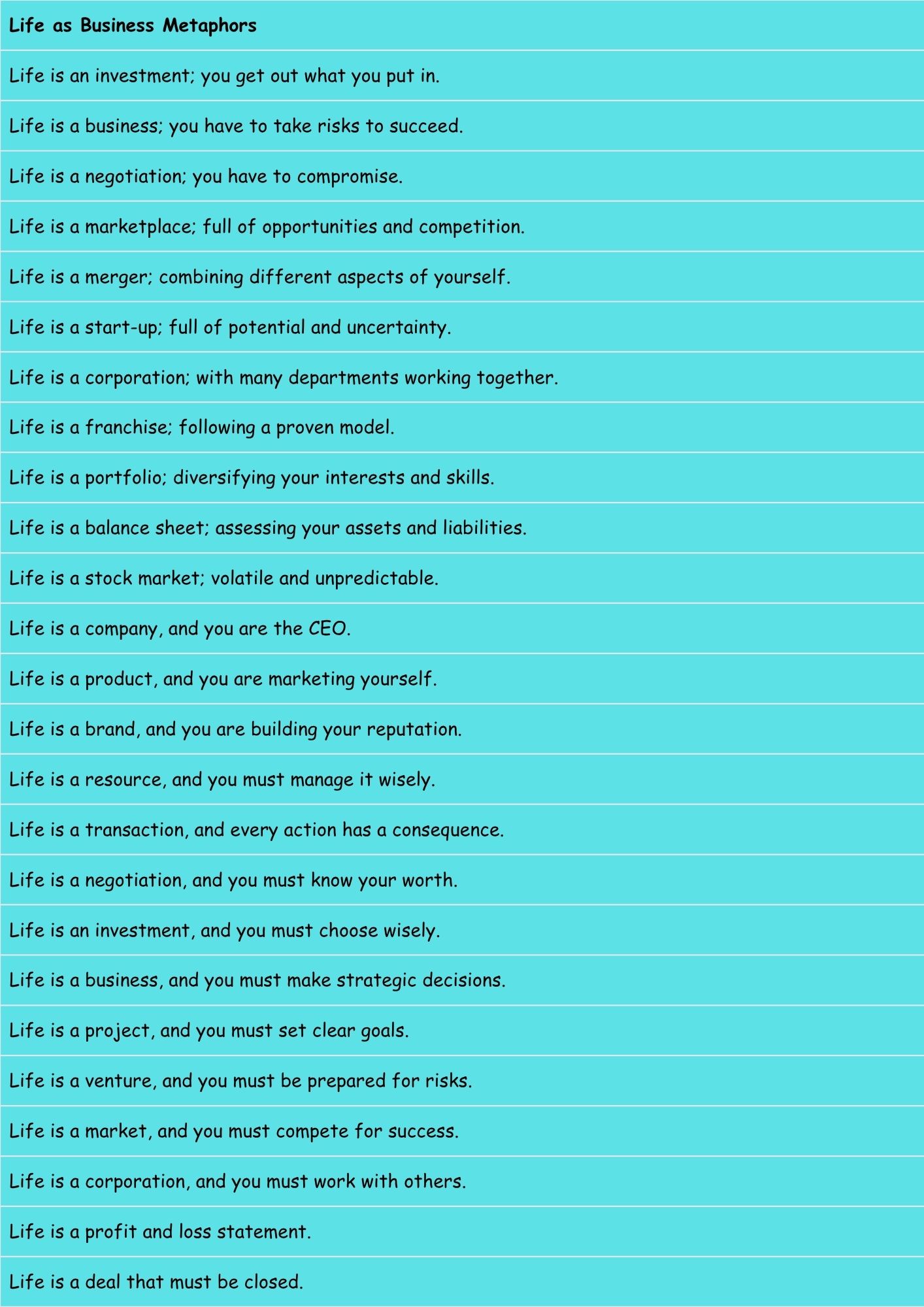
Usage Rules for Life Metaphors
When using life metaphors, it’s important to consider the following rules:
- Clarity: The metaphor should be easily understood. Avoid obscure or overly complex vehicles.
- Relevance: The vehicle should be relevant to the aspect of life you’re trying to describe.
- Consistency: Maintain consistency within the metaphor. Avoid mixing metaphors that create conflicting images.
- Appropriateness: Choose metaphors that are appropriate for the context and audience.
- Originality: While common metaphors can be effective, strive for originality to create a more impactful and memorable image.
It’s also important to be aware of the potential limitations of metaphors. Metaphors are not literal truths, and they can oversimplify complex realities. Therefore, use them judiciously and be mindful of their potential to mislead or misrepresent.
For example, the metaphor “Life is a battlefield” can be powerful in conveying the challenges and struggles we face, but it can also be limiting if it suggests that life is solely about conflict and aggression. It’s important to balance the metaphorical with a more nuanced understanding of reality.
Common Mistakes with Life Metaphors
Here are some common mistakes to avoid when using life metaphors:
- Mixing Metaphors: Combining unrelated metaphors that create a confusing or nonsensical image.
- Incorrect: “Life is a roller coaster, so grab the bull by the horns.” (Mixing a roller coaster with bull riding)
- Correct: “Life is a roller coaster; hold on tight and enjoy the ride.”
- Clichés: Using overused metaphors that have lost their impact.
- Cliché: “Life is a journey.”
- More Original: “Life is a labyrinth, full of twists, turns, and unexpected discoveries.”
- Inappropriate Vehicles: Choosing vehicles that are irrelevant or offensive to the audience.
- Inappropriate: “Life is a garbage dump.” (Too negative and unpleasant)
- More Appropriate: “Life is a garden; you reap what you sow.”
- Overextending the Metaphor: Pushing the metaphor too far, leading to strained or illogical comparisons.
- Overextended: “Life is a computer; you need to reboot it every morning, defragment your memories, and install new updates.”
- Better: “Life is a computer; sometimes you need to reboot to start fresh.”
Practice Exercises
Test your understanding of life metaphors with these exercises.
Exercise 1: Identifying Life Metaphors
Identify the life metaphor in each sentence:
| Question | Answer |
|---|---|
| 1. Life is a dance; you learn as you go. | Life is a dance. |
| 2. He navigated the treacherous waters of life. | Life is treacherous waters. |
| 3. Life is a symphony, full of harmonious melodies and discordant notes. | Life is a symphony. |
| 4. She climbed the ladder of success in life. | Life is a ladder of success |
| 5. Life is a blank canvas; you create your own masterpiece. | Life is a blank canvas. |
| 6. Life is a puzzle that can be hard to solve. | Life is a puzzle. |
| 7. Life is a book that you need to read. | Life is a book. |
| 8. Life is a song that you need to sing. | Life is a song. |
| 9. Life is a movie that you need to watch. | Life is a movie. |
| 10. Life is a story that you need to tell. | Life is a story. |
Exercise 2: Completing Life Metaphors
Complete the following life metaphors with an appropriate vehicle:
| Question | Answer |
|---|---|
| 1. Life is like a _____. | Life is like a garden. |
| 2. Life is a _____. | Life is a roller coaster. |
| 3. Life is a _____. | Life is a play. |
| 4. Life is a _____. | Life is a game. |
| 5. Life is a _____. | Life is a marathon. |
| 6. Life is a _____. | Life is a mountain. |
| 7. Life is a _____. | Life is a river. |
| 8. Life is a _____. | Life is a song. |
| 9. Life is a _____. | Life is a book. |
| 10. Life is a _____. | Life is a dance. |
Exercise 3: Creating Your Own Life Metaphors
Create your own life metaphor for each of the following aspects of life:
| Aspect of Life | Your Metaphor |
|---|---|
| 1. Challenges | Life’s challenges are like hurdles in a race, testing your strength and resilience. |
| 2. Opportunities | Life’s opportunities are like seeds waiting to be planted, full of potential for growth. |
| 3. Relationships | Life’s relationships are like bridges connecting us to others, providing support and understanding. |
| 4. Success | Life’s success is like a blooming flower, the result of nurturing and perseverance. |
| 5. Failure | Life’s failures are like lessons learned in a classroom, opportunities for growth and improvement. |
| 6. Learning | Life’s learning is like a journey through a new land. |
| 7. Growth | Life’s growth is like branches on a tree, constantly reaching for the sky. |
| 8. Happiness | Life’s happiness is like sunshine on a cloudy day. |
| 9. Sadness | Life’s sadness is like a storm that passes. |
| 10. Change | Life’s change is like the seasons that come and go. |
Advanced Topics in Life Metaphors
For advanced learners, consider exploring the following topics:
- Extended Metaphors: Develop a single metaphor over an entire poem, essay, or speech.
- Conceptual Metaphors: Explore the underlying conceptual systems that shape our understanding of life (e.g., LIFE IS A JOURNEY, LIFE IS A WAR).
- Cultural Variations: Investigate how life metaphors differ across cultures and languages.
- The Role of Metaphor in Thought: Explore how metaphors not only reflect our understanding of life but also shape it.
Analyzing literary works that heavily rely on life metaphors can provide deeper insights into the power and complexity of this figurative language. Consider exploring works by poets like Robert Frost and Emily Dickinson, who frequently use metaphors to explore themes of life and death.
Frequently Asked Questions
- What is the difference between a metaphor and a simile?A metaphor directly equates two things, while a simile uses “like” or “as” to make a comparison. For example, “Life is a journey” is a metaphor, while “Life is like a journey” is a simile. Both are figures of speech that compare two different things, but a metaphor implies a stronger resemblance. Similes are generally considered less forceful than metaphors because they acknowledge that the comparison is not a literal equivalence.
- Why are metaphors important in language?Metaphors allow us to understand abstract concepts by relating them to something more concrete and familiar. They add depth, richness, and vividness to our language, making it more engaging and memorable. They also help us see the world in new and creative ways, fostering innovation and understanding.
- How can I improve my ability to understand metaphors?Read widely, pay attention to the context in which metaphors are used, and practice identifying the tenor and vehicle. Consider the qualities that the tenor and vehicle share, and how those qualities contribute to the overall meaning of the metaphor. Also, be aware of cultural and linguistic nuances that may influence the interpretation of metaphors.
- How can I create my own effective life metaphors?Start by identifying the aspect of life you want to describe. Then, brainstorm a list of potential vehicles that embody the qualities or characteristics you want to emphasize. Choose the vehicle that resonates most strongly with you and that is likely to resonate with your audience. Be creative, be original, and don’t be afraid to experiment.
- What are some common pitfalls to avoid when using metaphors?Avoid mixing metaphors, using clichés, choosing inappropriate vehicles, and overextending the metaphor. Be mindful of your audience and the context in which you’re using the metaphor. Ensure that your metaphor is clear, relevant, consistent, and appropriate.
- Can metaphors be interpreted differently by different people?Yes, metaphors are often open to interpretation, and different people may perceive them in different ways based on their individual experiences, cultural backgrounds, and personal biases. This is part of what makes metaphors so powerful and engaging, but it also means that it’s important to be mindful of your audience and to choose metaphors that are likely to be understood in the way you intend.
- Are some metaphors universally understood?While some metaphors may be widely understood across cultures, there are also many metaphors that are culturally specific. Metaphors that draw on shared human experiences, such as birth, death, love, and loss, may be more likely to be universally understood. However, even these metaphors can be interpreted differently depending on cultural context.
- How do metaphors relate to other figures of speech?Metaphors are related to other figures of speech, such as similes, analogies, and personification. All of these figures of speech involve comparing or relating two different things in order to create a more vivid or meaningful image. Understanding the relationships between these different figures of speech can help you to become a more skilled and effective communicator.
Conclusion
Mastering metaphors for life is a valuable skill that can enrich your understanding and use of the English language. By understanding the definition, structure, types, and usage rules of life metaphors, you can enhance your comprehension of literature, improve your communication skills, and gain a deeper appreciation for the complexities of human existence. Remember to practice identifying and creating metaphors, and to be mindful of the common mistakes to avoid.
Continue to explore the world of figurative language and to experiment with different ways of expressing yourself. The more you practice, the more confident and skilled you will become in using metaphors to convey your ideas and emotions. Remember that metaphors are powerful tools that can help you to connect with others, to express your creativity, and to make your language more engaging and memorable.

